82 F. high in the Twin Cities Sunday.
82 F. average high on June 28.
83 F. high on June 28, 2014.
.10″ rain fell at MSP International Airport yesterday.
4.3″ rain so far in June, that’s .33″ wetter than average for MSP, to date.

Summer Storm Angst
We jam much of our outdoor plans into 4-5 months; a much-needed surge of warmth also brings wild thunderstorms, especially the first half of summer. I’ve had my fair share of harrowing weddings and grad parties in June – the wettest – most severe month of the year.
“Paul, can’t you make the rain stop?” No. I can’t.
Lately I’ve heard from soccer parents worried about coaches violating lightning rules and one frantic sister in law, complaining about “clueless teens” not keeping tabs on severe weather moving in.
What can you do? Have a Doppler app on your phone. Alerts for warnings, too. Try to schedule events for the morning or midday hours. The atmosphere is most unstable around the dinner hour. That’s when T-storms are most likely to sprout.
Wait 30 minutes after the last thunderclap before resuming your game or outdoor event. And don’t be afraid to postpone or cancel an event. Nothing is worth risking life and limb.
More storms mushroom this afternoon in response to a cool pool of air rotating overhead. The maps look more like early September than late June; highs in the 70s to low 80s. Not a hot front in sight.
Plan on sunny 80s on the 4th; a better chance of storms Sunday.
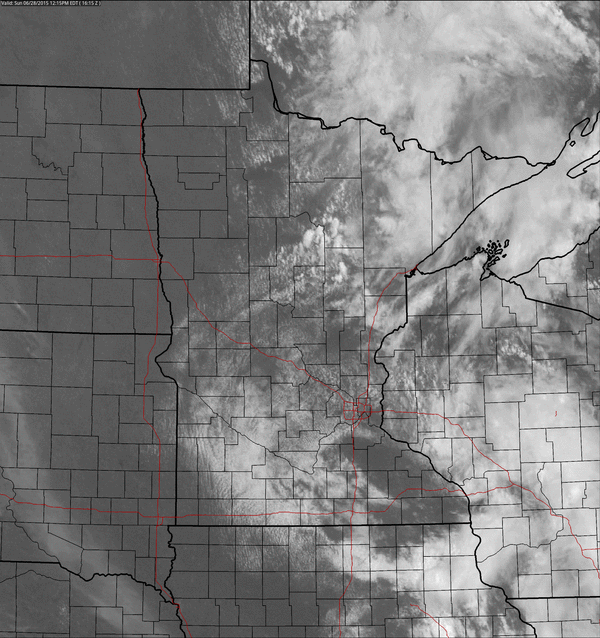
Whirlpool of Instability. You can almost see the outline of a relatively cold pocket of air swirling over eastern Minnesota and Wisconsin. Strong heating of the ground created thermals, popcorn cumulus which mutated into cumulonimbus Sunday afternoon and evening, packing heavy rain, half inch hail and lightning. Typical for June. Sunday afternoon visible imagery loop: NOAA and AerisWeather.

Definition of “Scattered T-storms”. Scattered storms implies about 10-35% coverage of precipitation, which was the case late afternoon yesterday as strong storms bubbled up around the metro. The NWS Doppler image above was saved at 4:17 PM Sunday.
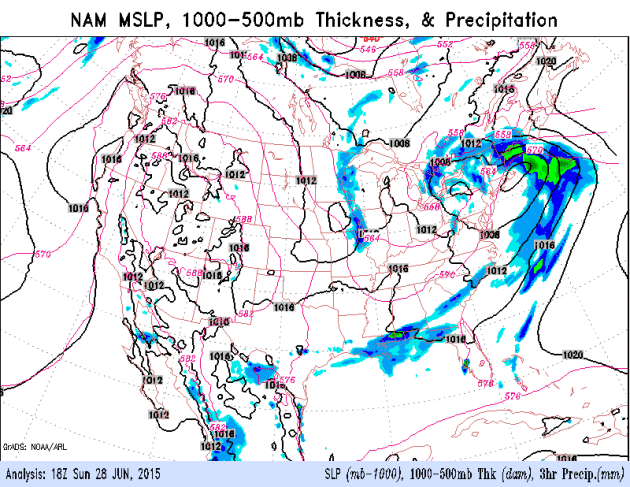
Persistent Northwest Flow Aloft Keeps a Lid on Minnesota Temperatures. More instability T-showers are likely again this afternoon and eveing, but we may salvage dry weather Tuesday before another round of showers and storms arrive midweek. Continuous puffs of cooler, drier, Canadian air pushing into the northern USA will set up a persistent boundary, a magnet for more showers and T-storms looking out the next 2 weeks. NAM guidance: NOAA.
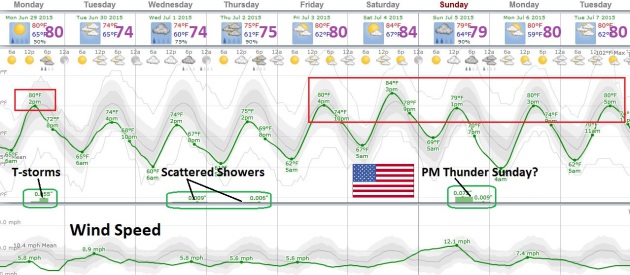
Downright Reasonable. Considering we could easily be in the 90s now with dew point near 70 and neighbors whining about the humidity, this weather isn’t too hard to take. If you can dodge the late afternoon instability T-storms it should be downright pleasant into next week. Dry weather is expected Tuesday, again Friday and Saturday. The next frontal boundary pushes more T-storms into Minnesota Sunday, but right now the 4th of July looks very nice with warm sun and low to mid 80s. Can we really be that lucky. Don’t celebrate just yet.

Wettest Zone Shifts into Ohio Valley. A steady supply of cooler fronts of Canadia origin will push the main frontal boundary capable of heaviest showers and T-storms into the Middle Mississippi Valley and Ohio Valley. NOAA guidance shows some 4-6″ amounts possible there over the next week.

Canadian A/C. Long range guidance valid Sunday evening, July 12 shows predicted winds at 500 mb, courtesy of NOAA’s GFS model. A persistent northwest flow aloft keeps temperatures average to below average from the Upper Mississippi Valley into the Great Lakes and New England. While the west, Rockies and southwest continues to bake.
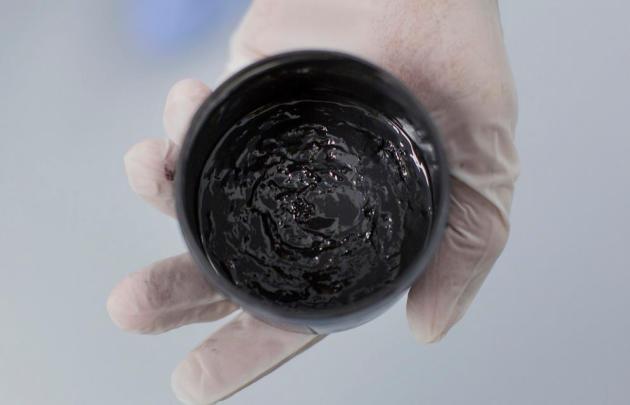
The Story Of The Invention That Could Revolutionize Batteries – And Maybe American Manufacturing As Well. Quartz has a remarkable story about a remarkable inventor in the Boston area and how he’s trying to disrupt the battery storage market. It’s innovations like this that will ultimately lead us to a cleaner-energy future. Here’s an excerpt: “…When it starts commercial sales in about two years, Chiang says, his company will slash the cost of an entry-level battery plant 10-fold, as well as cut around 30% off the price of the batteries themselves. That’s thanks to a new manufacturing process along with a powerful new cell that adds energy while stripping away cost. Together, he says, they will allow lithium-ion batteries to begin to compete with fossil fuels…”
Photo credit above: “This black goop is what will be at the heart of the next generation of batteries.” (Kieran Kesner for Quartz).


TODAY: AM sunshine. PM T-storms pop up again. Winds: NW 10. High: 83
MONDAY NIGHT: Evening thunder, then clearing. Low: 63
TUESDAY: More sun, probably dry. Cooler. High: 78
WEDNESDAY: More showers and T-storms likely. Wake-up: 62. High: 76
THURSDAY: Shocker: more PM T-storms pop up. Wake-up: 60. High: 75
FRIDAY: Drier, Sticky sunshine. Dew point: 63. Wake-up: 59. High: 80
4th OF JULY: Cautiously optimistic. Warm sunshine. Wake-up: 66. High: 84
SUNDAY: Another round of T-storms arrives. Wake-up: 68. High: 81
Climate Stories…

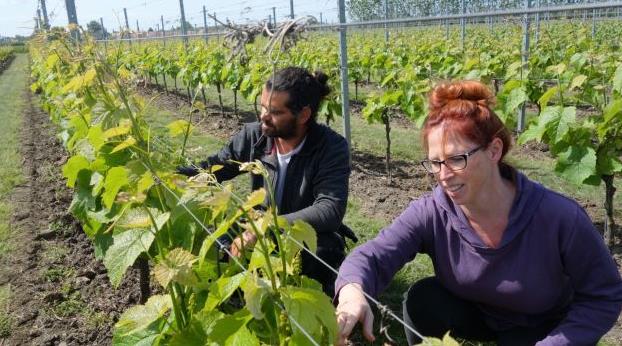
Sweden’s Wine Industry is Maturing Nicely, Thanks to Climate Change. A fine Swedish wine? Don’t laugh – it’s coming, and soon. Here’s an excerpt from NDTV Food: “…The rise in temperatures in the country has been roughly twice the global average change since the late 1800s, leading to summer heatwaves and winters milder by almost 2C, according to Sweden’s Rossby Centre for climate research. The change is helping to turn Nordic viniculture from a retirement hobby into a small but resilient commercial reality – there are more than a dozen vineyards selling to the country’s alcohol stores, while many more have created businesses around their wine…”
Photo credit above: “Murat Sofrakis and Lena Jorgensen in the Klagshamn vineyard.” Photo: David Crouch.


Ontario, We Have a (Methane) Problem. Not exactly what you want to see when you hit the local golf course in Lambton Shores, Ontario. Check out the amazing YouTube video: “Natural gas geysers are bubbling up at a golf course in Lambton Shores. The town has called a state of emergency.”
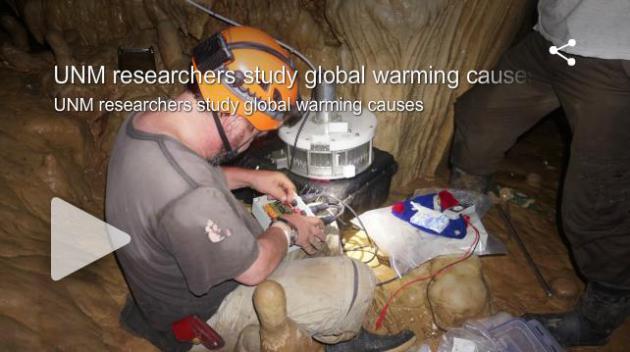
UNM Researchers Study Global Warming Causes. Portions of Central America have been drying over the last few centuries, but why? Here’s an excerpt from KRQE News 13: “For decades, it has been getting drier in some parts of Central America that have traditionally enjoyed plentiful tropical rains. Some University of New Mexico researchers say that is because of air pollution during the industrial age causing uneven warming of the northern and southern hemispheres. They and their colleagues on an international science team say the uneven heating of the northern and southern hemispheres is nudging the inter-tropical convergence zone, where tropical rains form, to the south. “What we’ve noticed basically over the last 500 years, especially since the advent of the industrial age, is that the region has been getting drier and drier, relatively,” said Professor Yemane Asmerom of UNM’s Earth and Planetary Sciences...”


